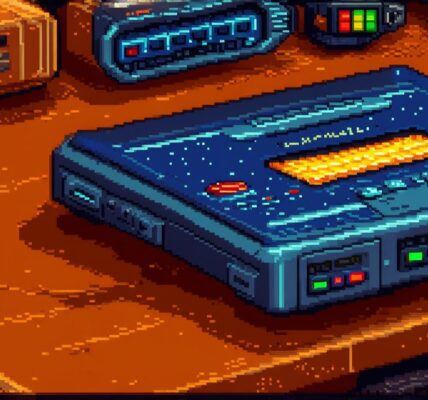Game development is a complex process that requires a variety of different skills and tools. One of the most important tools in this process is the ability to integrate a dev version of a game into the final product. This can be done in a number of different ways, but in this article, we will explore some of the most common methods and provide tips for making the most of your dev version.
What is a Dev Version?
Before we dive into the details of integrating a dev version into a game, let’s first define what we mean by “dev version.” In general, a dev version of a game refers to any version of the game that is currently in development and has not yet been released to the public. This might include early builds or prototypes, as well as more polished versions of the game that are still being tweaked and refined.
Why Integrate a Dev Version?
There are several different reasons why a developer might want to integrate a dev version into a game. Here are some of the most common:
- Testing and debugging: By integrating a dev version into a game, developers can test and debug various features and elements of the game in a real-world context.
- User feedback: Integrating a dev version into a game can also provide developers with valuable user feedback. By allowing players to test the game and provide feedback on various aspects of the experience, developers can make changes and improvements that will make the final product more enjoyable and engaging for users.
- Improved performance: In some cases, integrating a dev version into a game can actually improve its overall performance. For example, if the dev version includes optimizations or other performance tweaks that are not present in the final version of the game, these changes can help to speed up load times and reduce lag.
- Better collaboration: Integrating a dev version into a game can also facilitate better collaboration among team members. By allowing developers to work together on the same version of the game, they can more easily communicate and coordinate their efforts, which can lead to faster development times and a higher quality final product.
How to Integrate a Dev Version into a Game
Now that we have discussed some of the reasons why a developer might want to integrate a dev version into a game, let’s take a look at some of the most common methods for doing so:
- Using a separate build: One way to integrate a dev version into a game is to use a separate build of the game that includes the dev version. This allows developers to test and debug various features and elements of the game in isolation from the final version, which can be helpful for identifying and fixing bugs and other issues.
- Using a branching system: Another way to integrate a dev version into a game is to use a branching system. This involves creating a separate branch of the codebase that includes the dev version of the game. Developers can then make changes and improvements to this branch without affecting the main codebase, which can help to keep the development process organized and streamlined.
- Using a continuous integration/continuous deployment (CI/CD) pipeline: A CI/CD pipeline is a set of tools and processes that are used to automate the build, testing, and deployment of software. By using a CI/CD pipeline, developers can automatically integrate a dev version of the game into the main codebase whenever changes are made to the dev version. This can help to ensure that the final product is always up-to-date and includes all of the latest features and improvements.
- Using a plugin or add-on: In some cases, it may be possible to integrate a dev version into a game using a plugin or add-on. These tools can allow developers to add new functionality or modify existing elements of the game without having to make changes to the main codebase.





